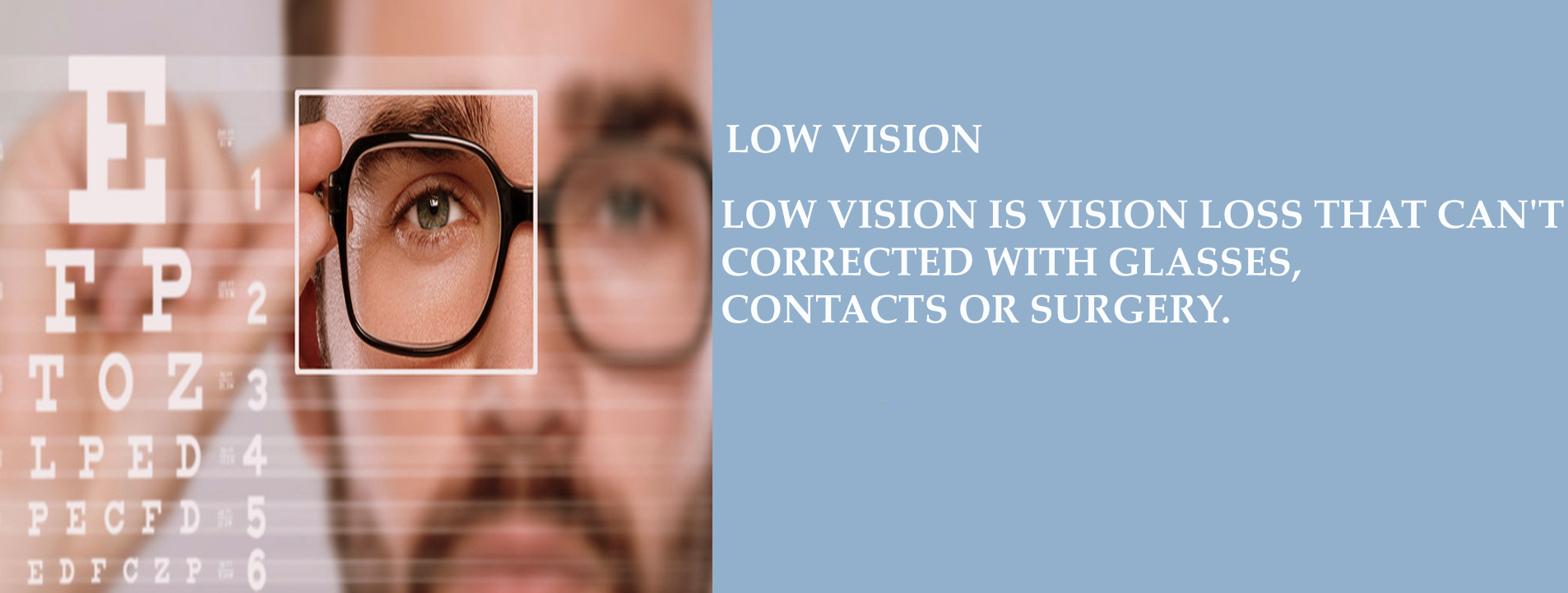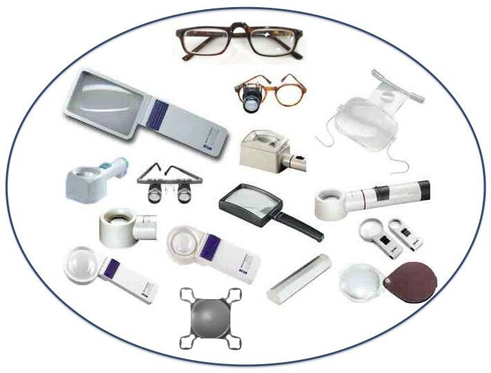
Low vision is the loss of sight that is not correctable with prescription eyeglasses, contact lenses or surgery. This type of vision loss does not include complete blindness, because there is still some sight and it can sometimes be improved with the use of visual aids. Low vision includes different degrees of sight loss, from blind spots, poor night vision and problems with glare to an almost complete loss of sight. The American Optometric Association defines low vision as two categories:
• "Partially sighted": the person has visual acuity between 20/70 and 20/200 with conventional prescription lenses.
• "Legally blind": the person has visual acuity no better than 20/200 with conventional correction and/or a restricted field of vision less than 20 degrees wide.
The ratio measurement of vision describes visual acuity, or the sharpness of vision, at 20 feet from an object. For example, having 20/70 vision means that you must be at 20 feet to see what a person with normal vision can see at 70 feet.
The most common types of low vision include
•Loss of peripheral (side) vision: The inability to see anything to either side, above, or below eye level. Central vision, however, remains intact.
• Night blindness: The inability to see in poorly lit areas such as theaters, as well as outside at night.
• Blurred vision: Objects both near and far appear out of focus.
• Hazy vision: The entire field of vision appears to be covered with a film or glare.

Low Vision Management
Accurate assessment of low vision is most important factor in management of low vision disorder. Only way the low vision can be managed is through low vision aids that includes-
Low Vision Aids
• Optical devices, such as magnifiers and telescopes.
• Adaptive non-optical devices, such as large-print reading material and talking watches.
• Non-magnifying visual aids.
• Electronic devices – computer software.


